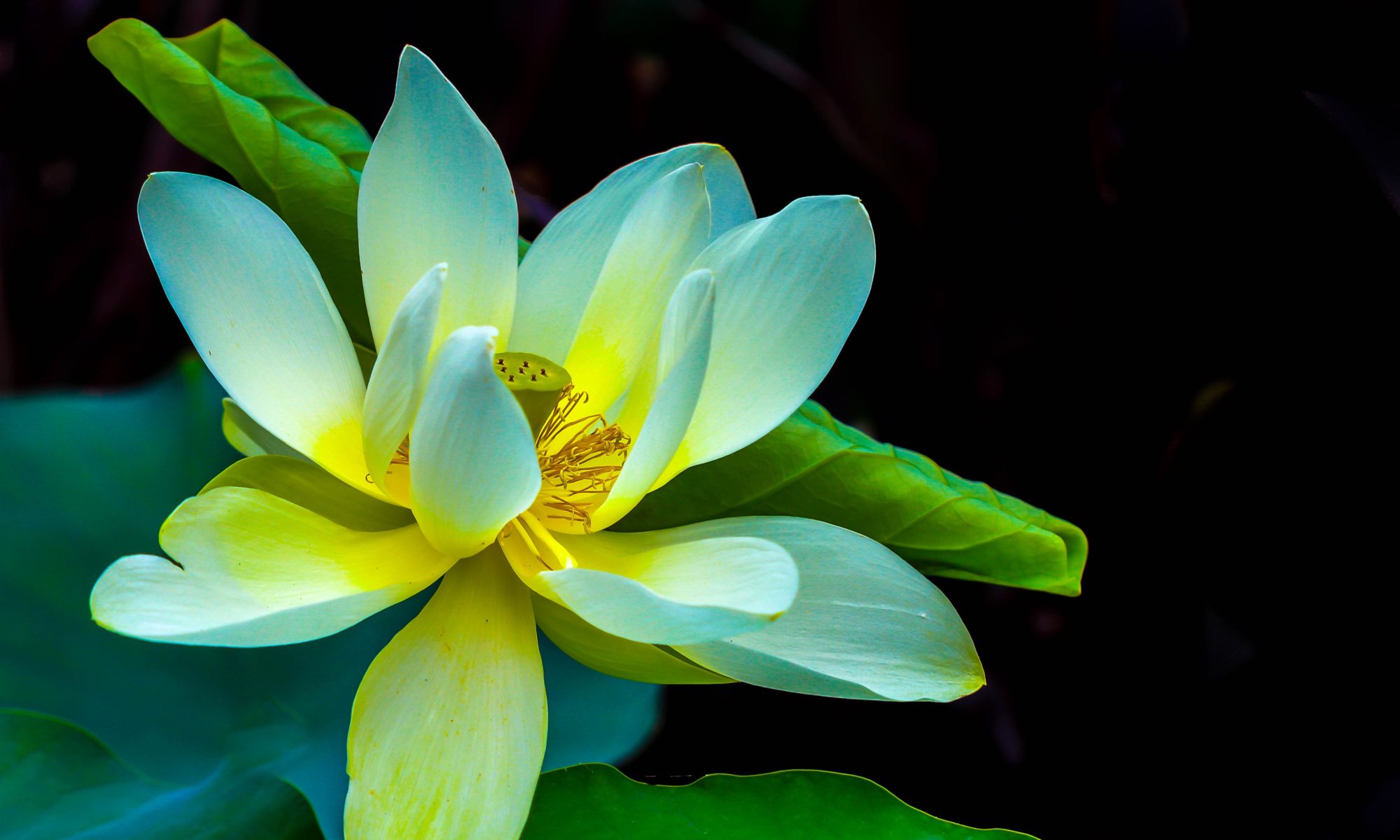Dear Kalyanamittas,
As stated on the 17 March 2020 outline short notes:
Announcement of class interval or break due to national Movement Control Order (MCO) starting tomorrow 18 March 2020:
The class will be cancelled unless we can go online. We will try it out on the 24 March 2020.
23 March 2020: Special annoucement
- We are pleased to annouced that our 1st Zoom video conference dhamma sharing scheduled to go ahead on the 24 March will be on. Sadhu! x3.
Introducing our New Book: Heart Sutra Short Notes – 2nd Edition. Some enhancement and improvement were done to the table of content and appendixes.
- Page 94 – Review of the chart with the 4 circles (Buddha Nature > True Mind (Pure Awareness) > Mundane Mind > phenomena world of External Forms) to develop the understanding of creation starting from the Source or Buddha Nature leading to the Pure Awareness, Mundane mind and the phenomena world of consciousness and forms.
- Pages 6 & 7 – Review the 2 aspects to the 5 aggregates of form and mind, and understanding of contents of consciousness.
With metta always,
Teoh


